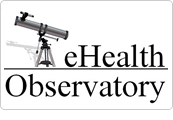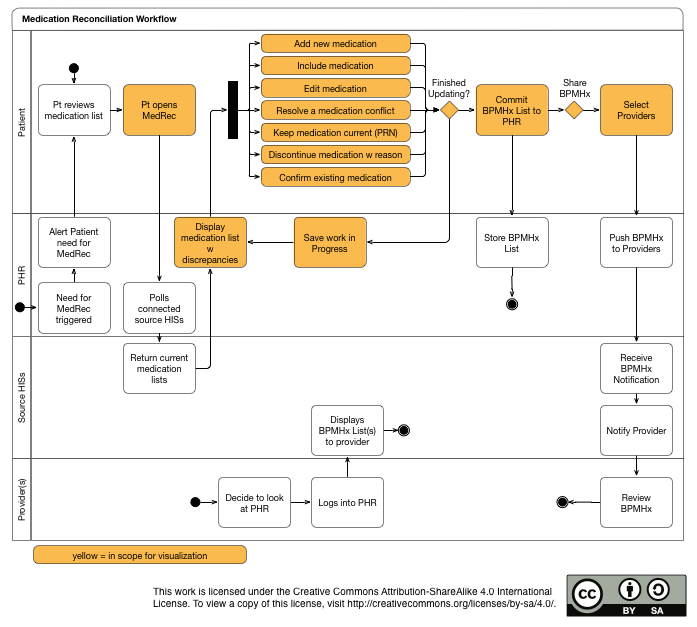Initiatives
Patient Health Portal (PHP)
Project: Alberta Benefits Evaluation Review
The Patient Health Portal (PHP) Program in its complete vision will provide Albertan’s with online access to a single trusted source of health information. Jointly sponsored by Alberta Health and Wellness and Alberta Health Services, this web-based portal will be released in multiple stages over several years. Prior to the initial public rollout of the PHP, the University of Victoria (UVic) eHealth Observatory was invited to provide recommendations for and carry out a rigorous, yet feasible, BE plan. Drawing on the published literature, PHP project documentation, and stakeholder interviews our team proposed a BE framework based on the Clinical Adoption Maturation Model, seven evaluation methods that can be used together separately, metrics derived from the concepts of patient and provider experience, and an explicit process for developing specific logistical BE plans for each release cycle of the PHP.
To date, our team has been continuously assessing the awareness of, the use of, and the experience with the PHP in Alberta through various surveys. Our team has also facilitated two evaluation cycles, which included interviewing and observing individuals who received an early access to the Personal Health Record (PHR) as part of the early targeted deployment. As a result of the two cycles, our team has provided early recommendations to the stakeholders. Another evaluation cycle is scheduled for the Fall of 2013 and will include a new group of individuals who will receive an early access to the PHR. Final recommendations will be provided at the end of this cycle, which is scheduled to be completed in the Spring of 2014. This work is funded by Alberta Health.
Subproject: PHR Medication Reconciliation Tool Design
Alberta Health Services is currently in the process of implementing a province-wide PHR through myhealth.alberta.ca. It also offers its users access to the Provincial Dispensed Rx Repository through the Alberta Pharmaceutical Information Network (PIN). The users of this PHR can also add additional medications to their medications list, such as supplements or over-the-counter medications. Thus, all the major technical components are in place to allow patients to complete patient-initiated medication reconciliation. The PHP leadership was interested in exploring how a medication reconciliation tool could be designed and asked the UVic eHealth Observatory to complete a small design study to explore how the user experience could be designed.
We adapted the lead user method (http://www.leaduser.com), which enabled our team to identify specific goals and activities that are required to have in a medication reconciliation tool. As a result of this method, the lead users were able to see how their ideas and suggestions translated to visual designs as well as to identify features or areas that required changes. The lead users identified two major functionalities of a proposed medication reconciliation tool: ability to view and edit certain medication information when reconciling medications lists and share most current, reconciled medications lists with selected providers. The synthesized goal model, activity diagram, and mockups can be viewed by clicking on the images below.

News and events
- Paper published in BMC Health Services Research (October 23, 2013)
- Reviews, publications, presentations, and projects sections of website updated
- Presenting at upcoming TVN Scientific Meeting (September 25-26, 2013)
- Paper published in BMC Health Services Research (August 14, 2013)
- Paper published in Canadian Family Physician (July 12, 2013)
- Presented at ISHIMR 2013 (June 26-28, 2013)
- Presented at eHealth 2013 Conference (May 26-29, 2013)
- eHealth Benefits Evaluation KT Community operation extended (March 21, 2013)
- Research award granted for knowledge translation project on EOL care practices (February 28, 2013)
- Five papers published in Studies in Health Technology and Informatics (February 23, 2013)
- Paper published online by JAMIA (February 15, 2013)
- Presenting at ITCH 2013 (Febuary 21-23, 2013)



